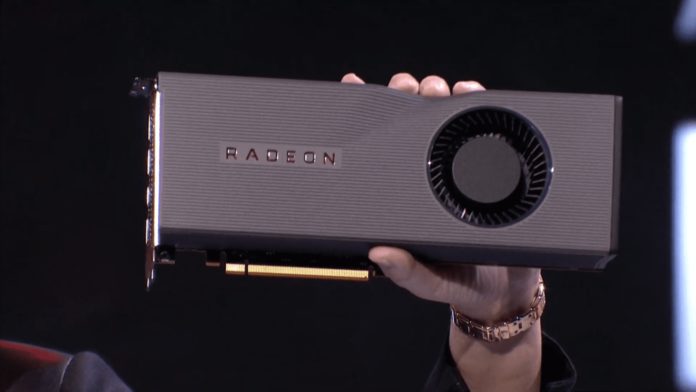These days ray-tracing is easily one of the most popular buzz words in the graphics card industry. Although AMD dismissed it at first, the company is now slowly and steadily embracing the technology, with an expected debut in the 2nd Gen Navi cards (RDNA+) next year, followed by the next-gen consoles also powered by a similar GPU.

A patent application was published on 27th June by team red that details how the company might approach the issue. Originally filed more than a year back in December 2017, it details a hybrid ray-tracing strategy that is employed using a combination of software and hardware techniques. The main goal is to develop such a framework where the software and hardware components complement each other’s shortcomings, all the while benefitting from the positives.
As per AMD, software-based solutions “are very power intensive and difficult to scale to higher performance levels without expending significant die area. It can also reduce performance substantially over what is theoretically possible” because they “suffer drastically from the execution divergence of bounded volume hierarchy traversal.”

In short, the software works using polygons or triangles using which the image is generated by determining which objects will be visible in the scene (Z buffer). However,
In AMD’s hybrid solution, a combination of the existing shaders and dedicated hardware gets the job done more efficiently (at least in theory). Here’s an explanation by “

This might be above the pay-grades of most people but fret not, the gist of it is that unlike NVIDIA, AMD seems to be relying on a hybrid technology that minimizes the performance impact by making use of both dedicated ray-tracing hardware as well as traditional cores. This makes it possible to develop a viable
It’s not certain if this is the model that’ll be used in the second-gen Navi lineup or the next-gen Xbox Scarlett or PS5 consoles, considering that it’s been a long time since it was filed, and AMD could have very well developed an alternate. Regardless, it’s an interesting approach.
Further Reading:


